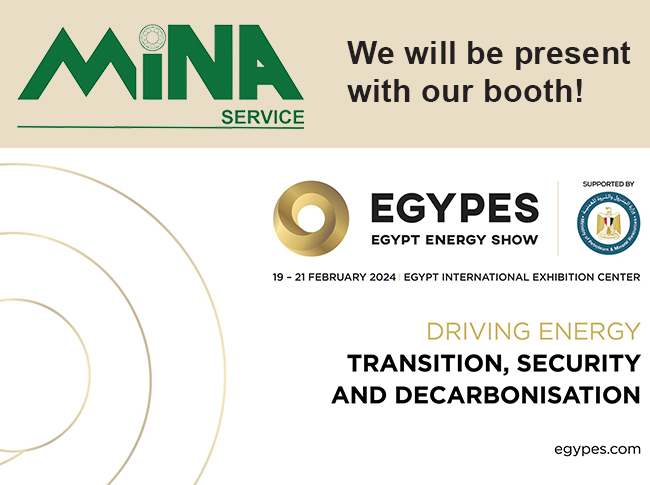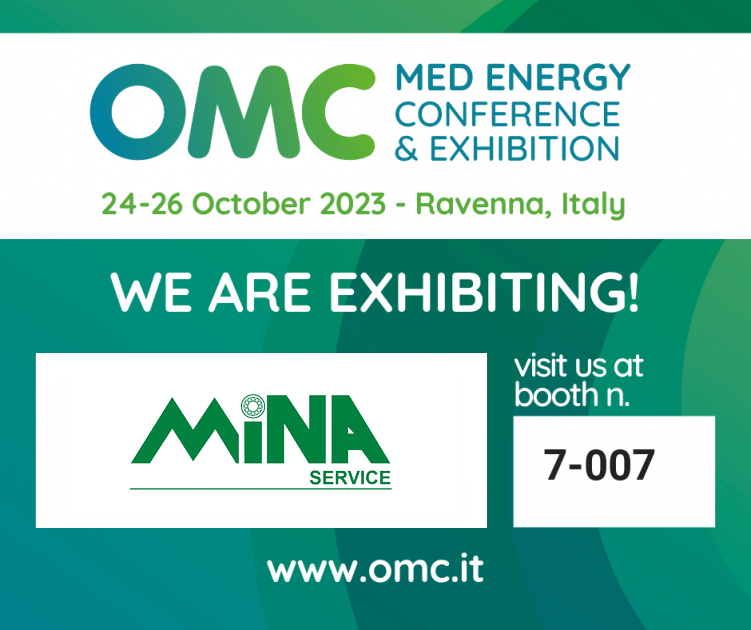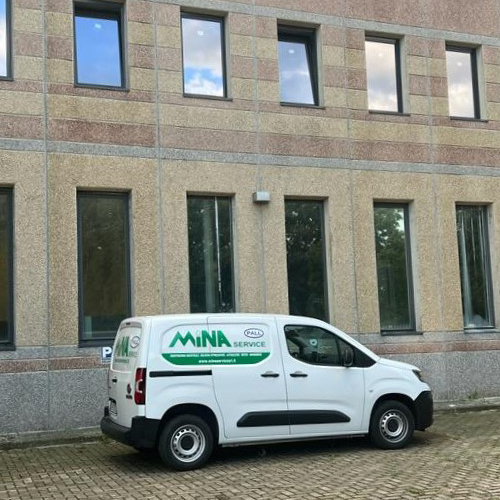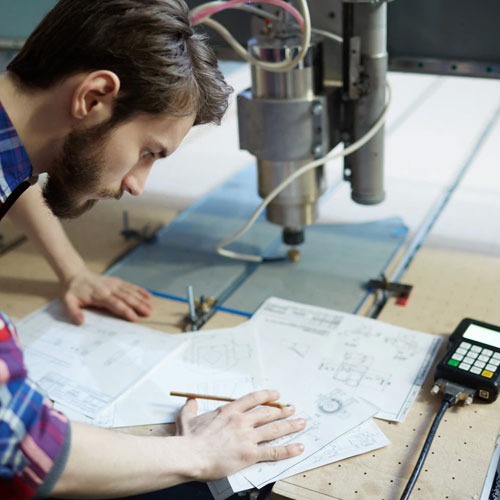Unveiling the Invisible. The power of Reverse Engineering in industry.
Search in the Magazine
News Archive
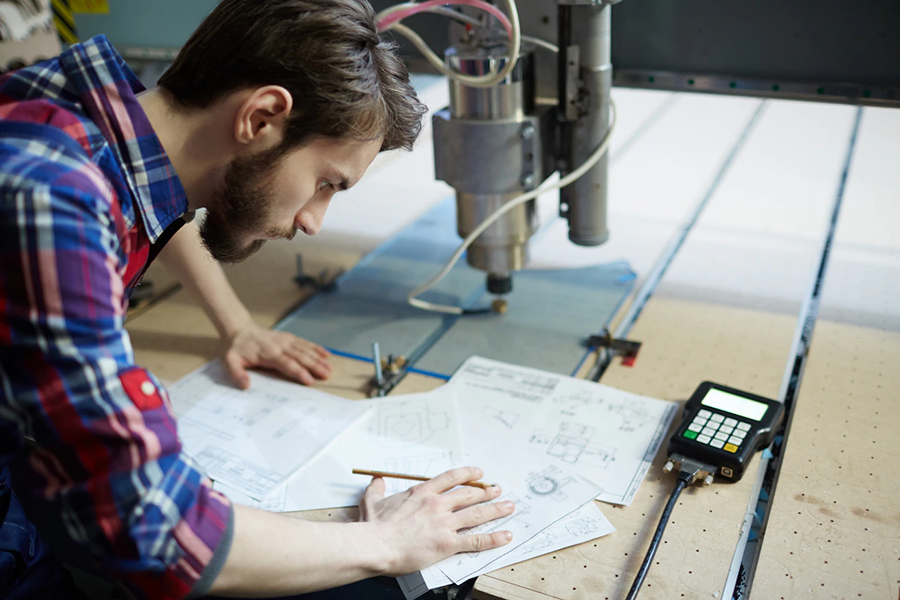
Unveiling the Invisible
the power of reverse engineering in industry
Exploring the depths of Industrial Technologies, through reverse analysis and the pursuit of innovation, pushing the limits of creativity, to enhance competitiveness and make increasingly modern and high-performance products.Reverse engineering in industrial manufacturing is the process of analyzing an existing product or component in order to gain a detailed understanding of its inner workings, design and characteristics. This process involves disassembling, analyzing, and reconstructing the object to obtain useful information for purposes such as improvements, duplication, or in-depth understanding.
Objectives of Reverse Engineering
Motivations for applying reverse engineering in industrial production can vary. For example, a company may want to improve an existing product by optimizing design or production. Or, it may need to duplicate a key component when no design documents are available or the original supplier has disappeared.
Process
The reverse engineering process usually begins with disassembling the product to get a detailed view of all its parts. Then, tools such as 3D scanners, microscopes, and CAD modeling software are used to capture accurate data on the dimensions and geometry of the parts.
Digitization
Digitization is an important step in the process. Data collected during disassembly are converted into three-dimensional digital models that can be used in CAD software. These models can be edited and analyzed to identify the inner workings and relationships between parts.
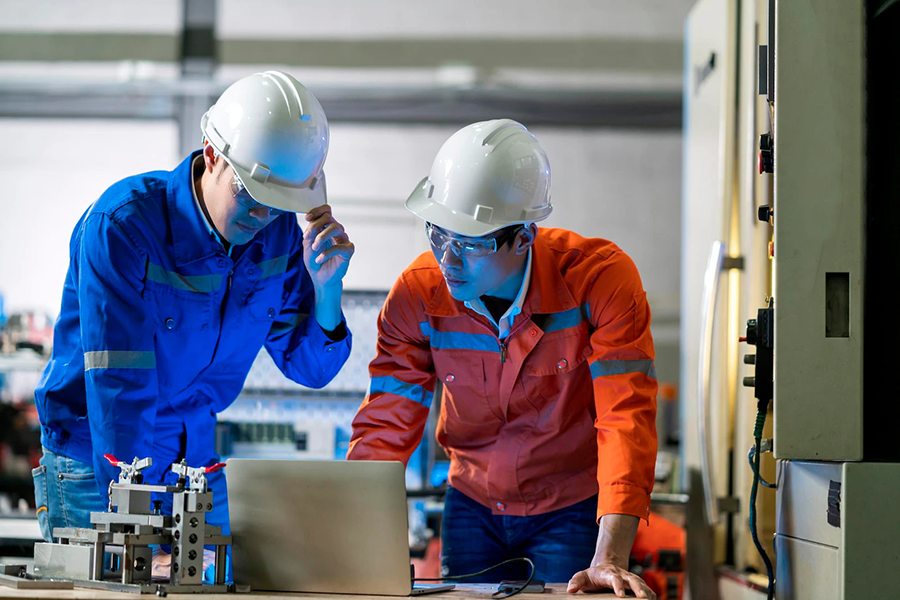
Reverse engineering can be extremely useful in industrial manufacturing for several reasons:
Analysis and Improvements
Once the digital models are obtained, the operation of the object or component can be analyzed. This analysis can lead to the identification of potential improvements or optimizations to the design, making it more simplified or more efficient.
Recreation of obsolete parts
In some cases, parts of machinery or industrial equipment may become obsolete or no longer available on the market. Reverse engineering makes it possible to create drawings and models for these parts, enabling companies to produce them in-house or through third parties.
Compatibility and interoperability
In cases where you want to develop a new product that is compatible with existing devices or systems, reverse engineering can help you understand the protocols and interfaces used, enabling easier integration.
Repair and maintenance
Reverse engineering can be used to understand how products work and how they are assembled. This can be useful for repair and maintenance of products that are no longer supported by the manufacturer or for which no technical documents exist.
Customization and adaptation
Reverse engineering can enable companies to adapt existing products to meet specific customer needs or market requirements. This can include modifying components, adding functionality or customizing designs.
Competitive analysis
Through reverse engineering, it is possible to gain a detailed understanding of competitors' products, including materials, technologies and manufacturing processes used. This knowledge can help companies develop more informed market strategies.
Learning and skill development
Product analysis through reverse engineering can be a learning opportunity for engineers and designers. This process can help develop advanced technical skills and a better understanding of technologies and materials.
Regulatory compliance validation
Where there is a need to demonstrate compliance with industry standards or regulations, reverse engineering can help assess whether a product meets these requirements.
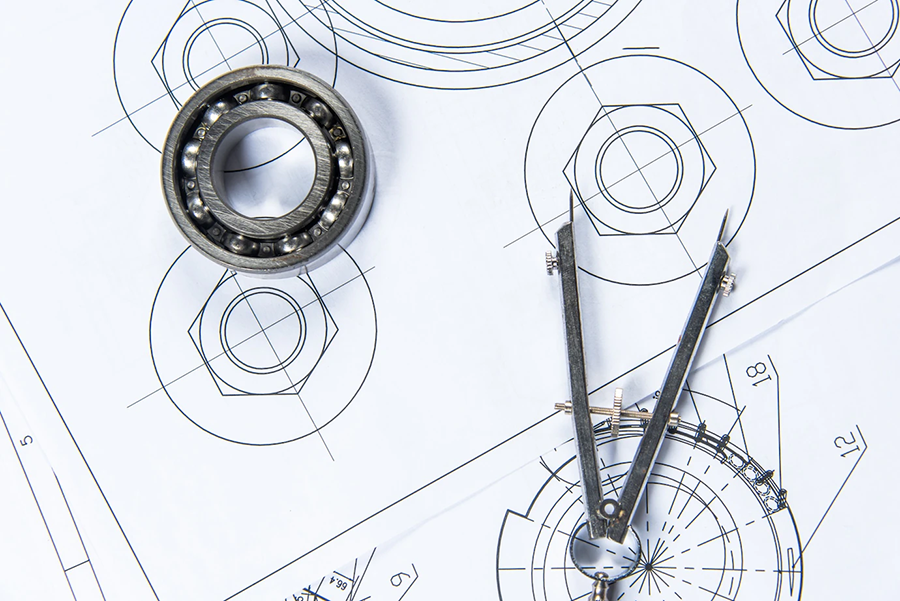
In general, reverse engineering can be a valuable tool for innovation and improvement of industrial products, but it is important to carry it out responsibly and in accordance with applicable laws and regulations, as it can raise legal issues in relation to patents, copyrights and intellectual property.
Mina Service's Services in Reverse Engineering

Mina Service has many years of experience in this field and is able to offer spare parts and a wide range of parts, with very attractive prices and delivery times, especially for pumps and compressors.
We perform careful cost/benefit evaluation in the construction of mechanical parts such as impellers, diffusers, bodies, cylinders, compressor valves etc.
With our expert assistance we intervene in the various stages of the project, performing:
- Dimensional surveys of parts using modern digital technologies;
- Accurate preparation of technical drawings and production process cycles necessary for the production of blanks and finished products;
- Casting of parts and/or reconstruction by welding;
- Roughing and finishing machining;
- Any inspections if deemed necessary, with ultrasound, X-ray or liquid penetrant;
- Any equipment function tests whether or not attended by Classification Bodies (functional tests, hydrostatic tests, etc.).

Want more information about our Reverse Engineering service?
Would you like to receive our Newsletter?
SIGN UP NOW!
Powered by Passepartout


